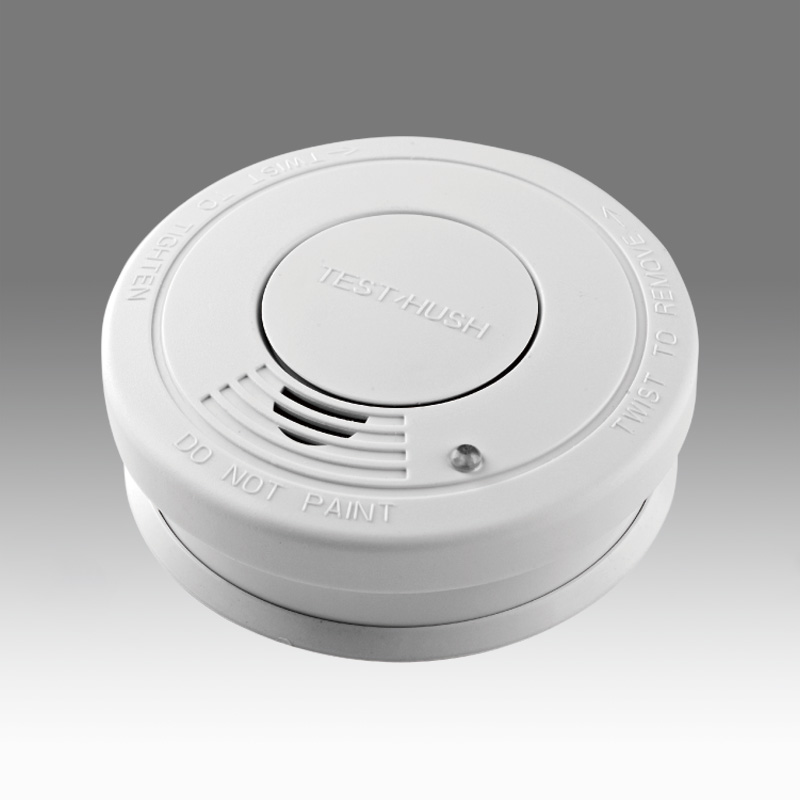A classic smoke alarm is a device designed to detect th […]
A classic smoke alarm is a device designed to detect the presence of smoke in a residential or commercial space. It plays a crucial role in alerting occupants to the early signs of a fire, allowing them to evacuate and take appropriate actions to mitigate the situation. Here's some information about classic smoke alarms:
Operation: Classic smoke alarms typically use a combination of optical or ionization sensors to detect smoke particles in the air. Optical smoke alarms use a light source and a sensor to detect changes in light caused by smoke, while ionization smoke alarms use a small amount of radioactive material to ionize the air and detect smoke particles.
Alarm Sound: When smoke is detected, a classic smoke alarm emits a loud and distinct audible alarm. The sound is designed to be attention-grabbing and easily recognizable, ensuring that occupants are alerted to the potential danger.
Power Source: Classic smoke alarms can be powered by either batteries or hardwired into the electrical system of the building. Battery-powered smoke alarms are common in residential settings and require regular battery replacement to ensure proper operation. Hardwired smoke alarms are typically connected to the building's electrical system and may include a battery backup in case of power failure.
Installation: Classic smoke alarms are typically mounted on ceilings or walls in strategic locations within a building. It is recommended to have smoke alarms installed in every bedroom, outside each sleeping area, and on every level of the building. Proper installation ensures that the smoke alarm can effectively detect smoke and provide early warning to occupants.
Maintenance: Regular maintenance is essential to ensure the reliable operation of a classic smoke alarm. This includes periodic testing of the alarm to ensure it is functioning correctly, cleaning the alarm to remove any dust or debris that may interfere with its operation, and replacing batteries as needed. It is also important to follow the manufacturer's guidelines for maintenance and replacement intervals.
Regulatory Standards: Classic smoke alarms are subject to various regulatory standards and certifications to ensure their effectiveness and safety. These standards may vary depending on the region or country. For example, in the United States, smoke alarms are required to meet the standards set by the National Fire Protection Association (NFPA).
Additional Features: Some classic smoke alarms may come with additional features such as interconnected functionality, which allows multiple alarms in a building to communicate with each other, so that when one alarm detects smoke, all alarms will sound. Other features may include built-in carbon monoxide detection or wireless connectivity for remote monitoring and control.
It's important to note that technology and design advancements have led to the development of more sophisticated smoke alarm systems, such as photoelectric, dual-sensor, and smart smoke alarms. These newer models offer enhanced detection capabilities and additional features for improved safety. When selecting a smoke alarm, it is recommended to consider the specific needs and requirements of your space, as well as local regulations and guidelines.